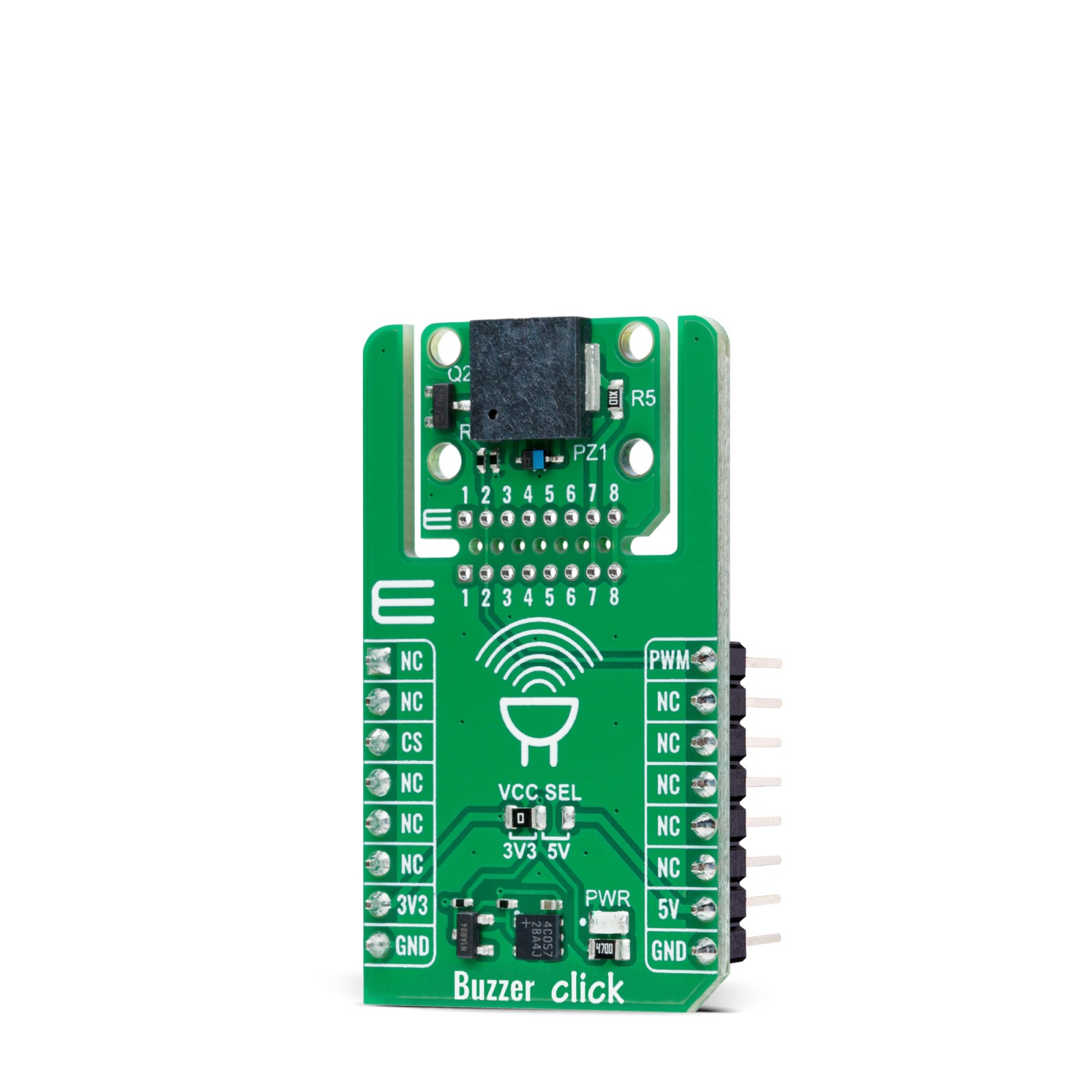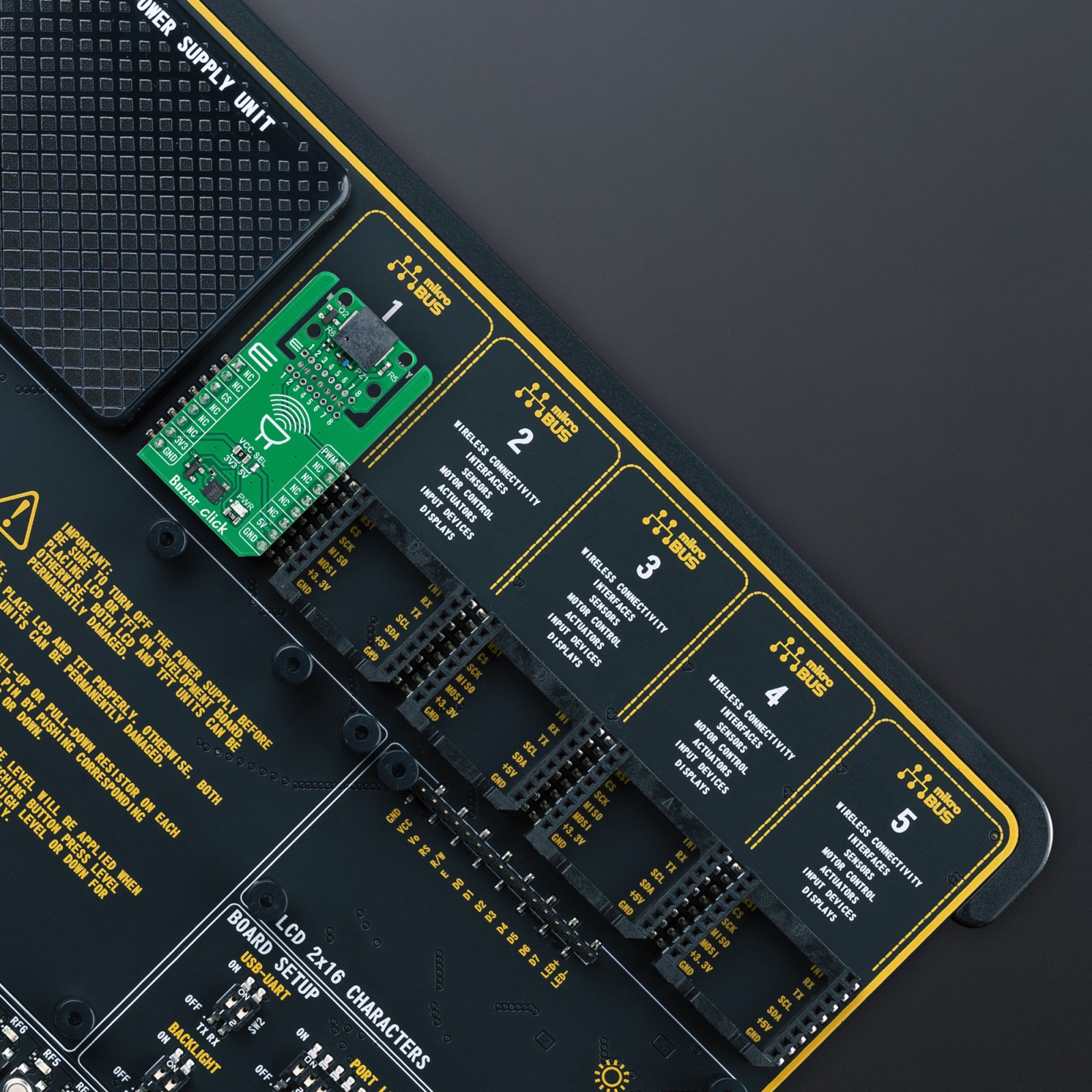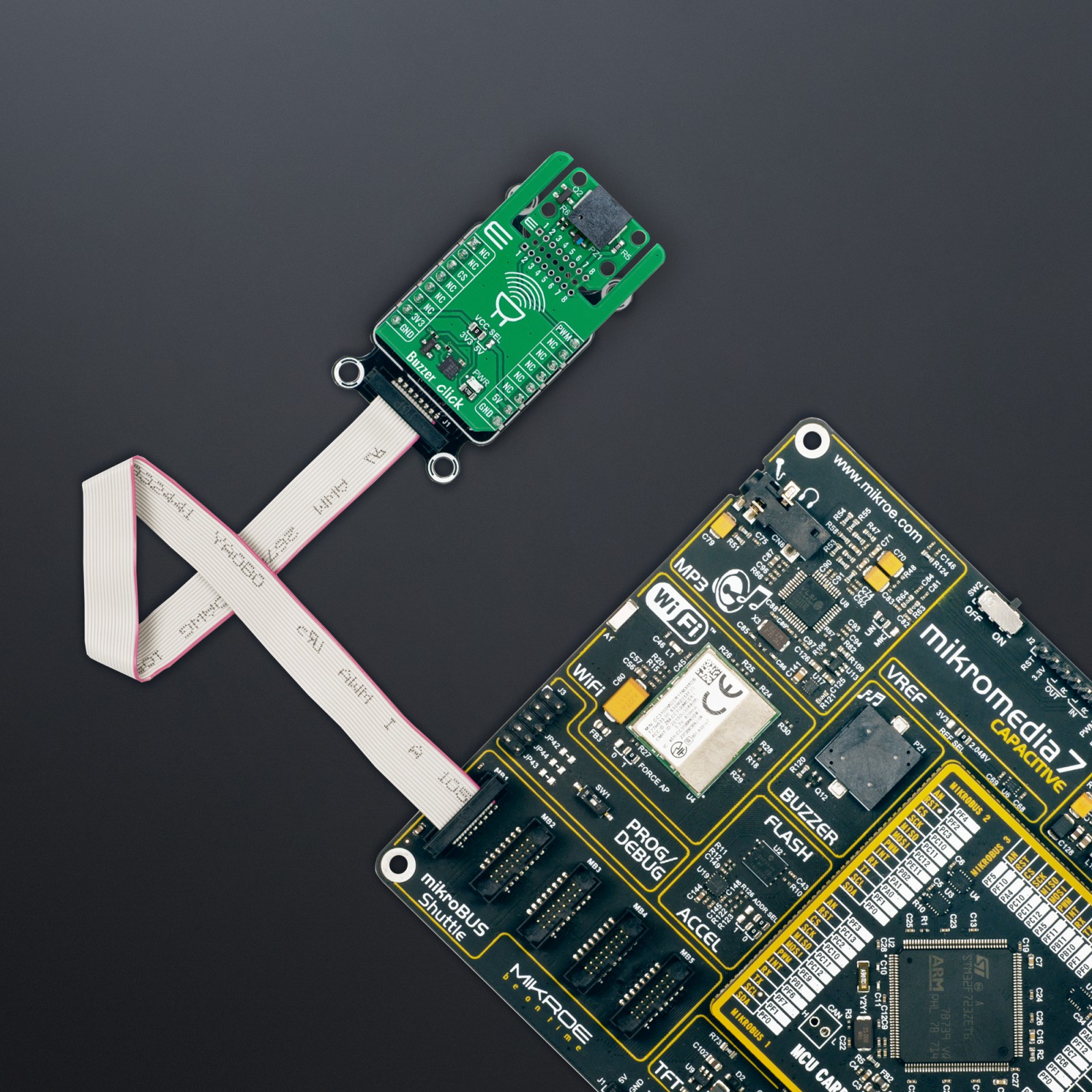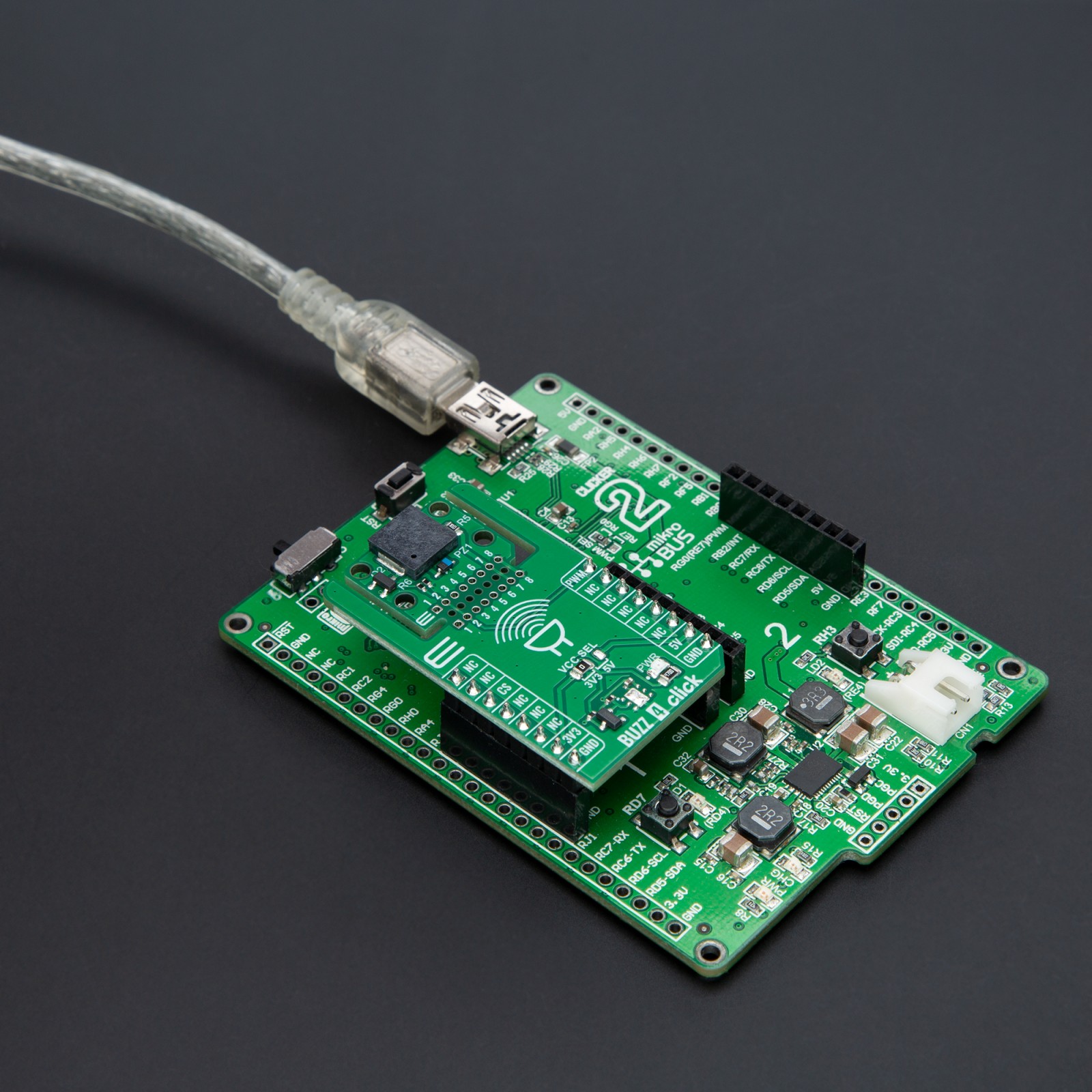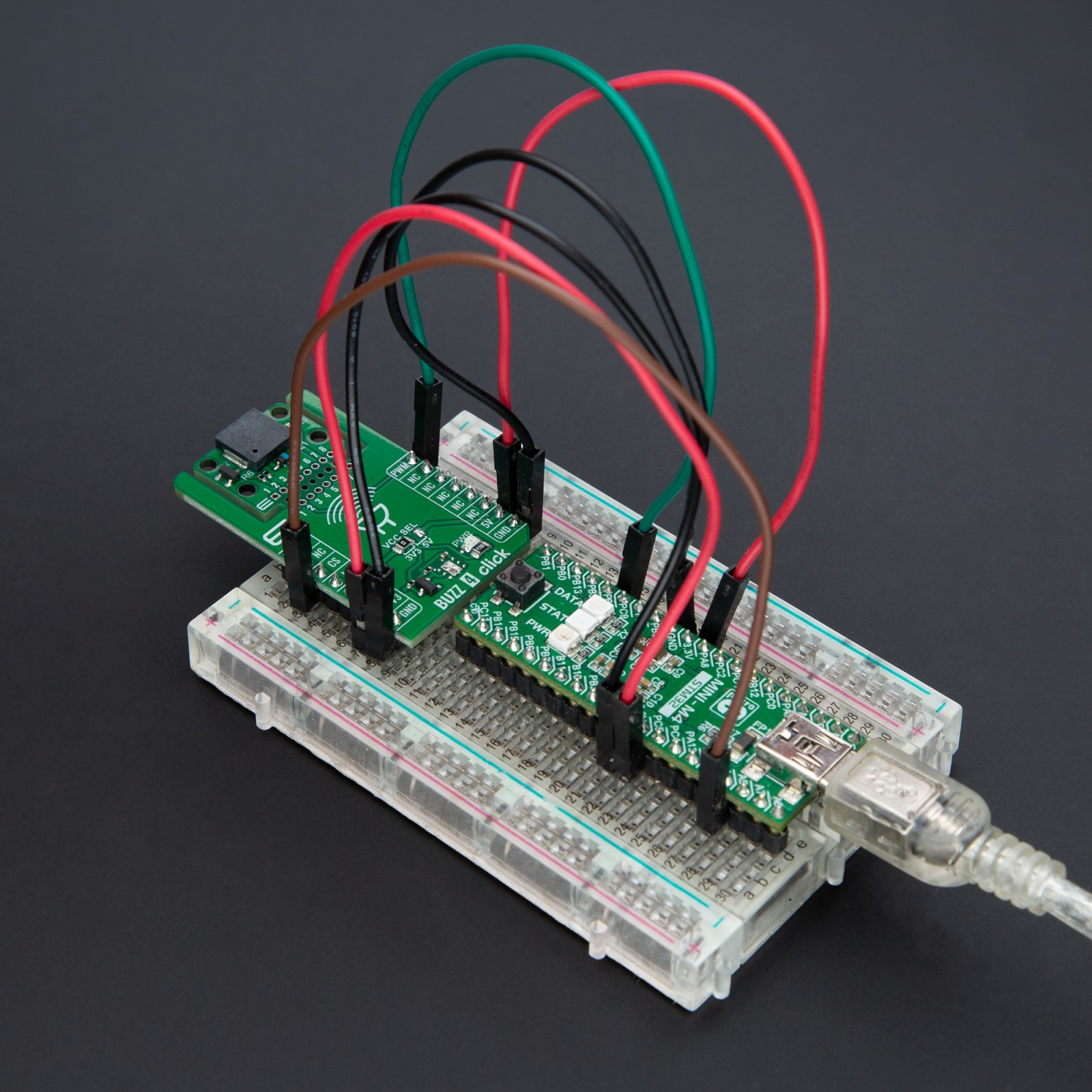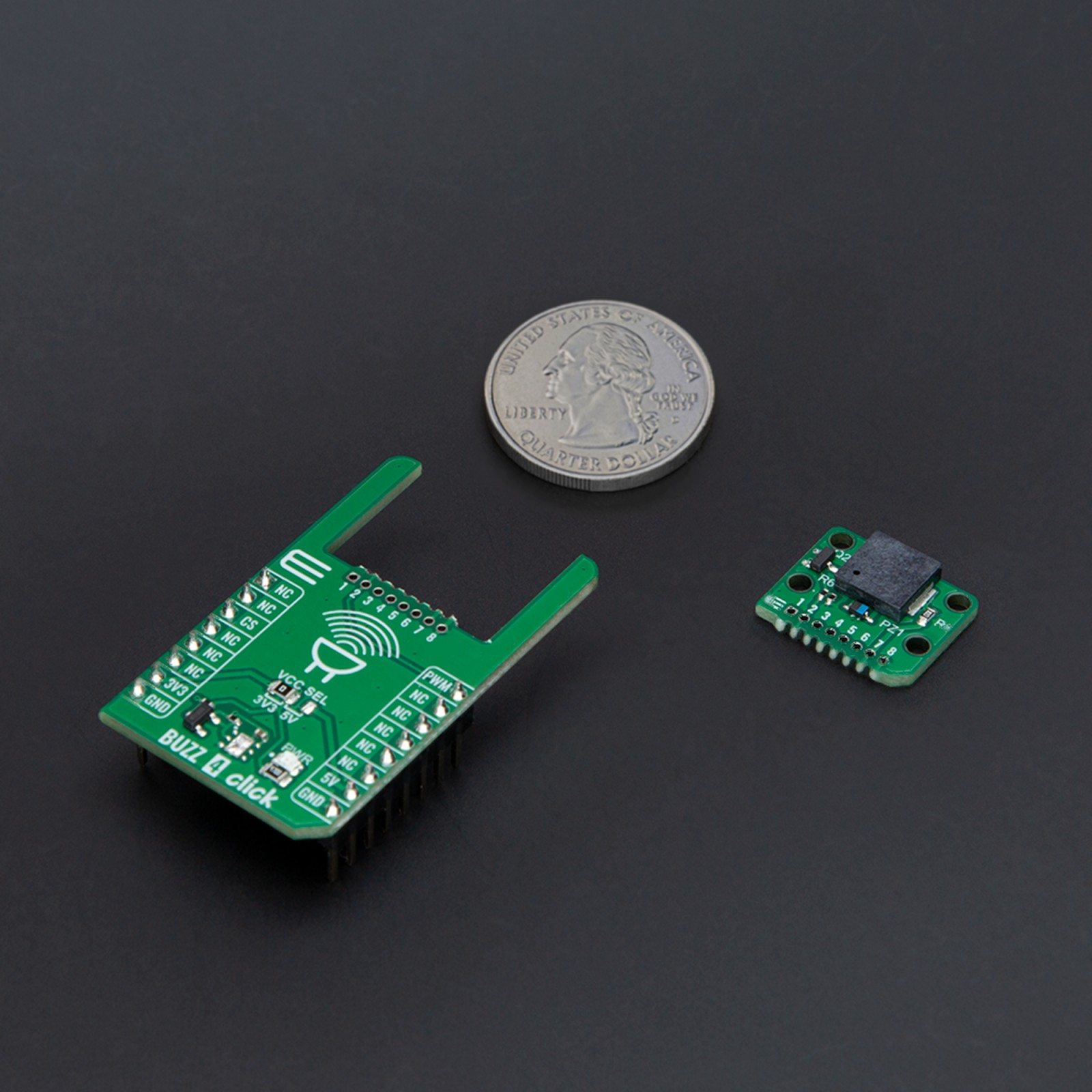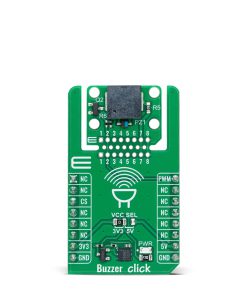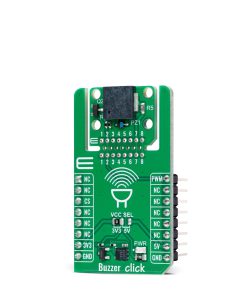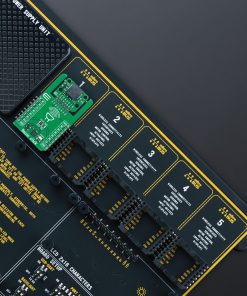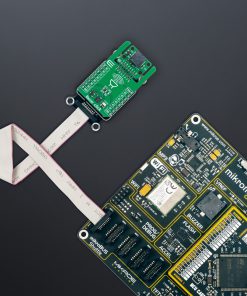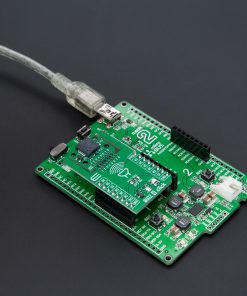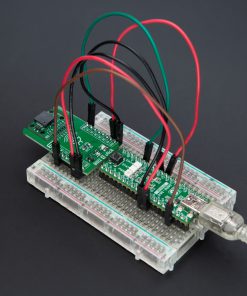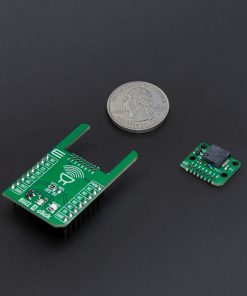Buzzer Click
R225.00 ex. VAT
Buzzer Click is a compact add-on board for generating sound signals in various electronic applications. This board features the CPT-7502-65-SMT-TR, a piezoelectric buzzer transducer from Same Sky, known for its efficient sound output and compact surface-mount design. The buzzer offers a sound pressure level of 65dB and consumes only 1mA of current, making it ideal for battery-powered devices. The board also features the MIKROE “Click Snap” function, allowing for flexible installation and autonomous operation. This Click board™ is suitable for applications requiring sound signaling, such as alarms, notifications, and feedback systems in portable electronics.
Buzzer Click is fully compatible with the mikroBUS™ socket and can be used on any host system supporting the mikroBUS™ standard. It comes with the mikroSDK open-source libraries, offering unparalleled flexibility for evaluation and customization. What sets this Click board™ apart is the groundbreaking ClickID feature, enabling your host system to seamlessly and automatically detect and identify this add-on board, alongside a Click Snap feature introducing a new level of flexibility and ease of use.
Stock: Lead-time applicable.
| 5+ | R213.75 |
| 10+ | R202.50 |
| 15+ | R191.25 |
| 20+ | R184.05 |


